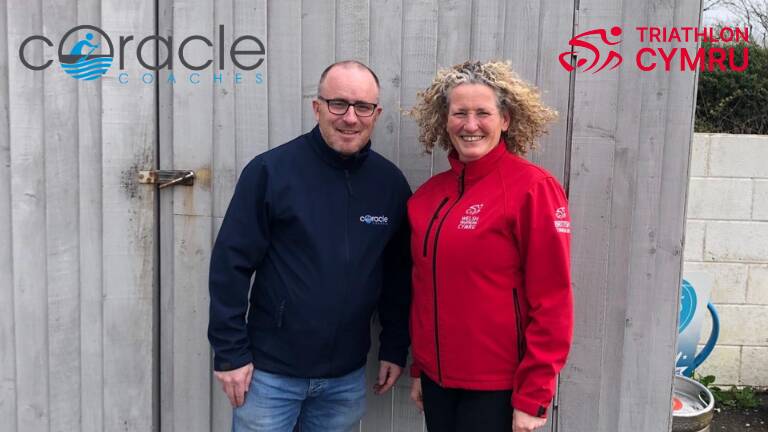Top tips for Open Water Swimming
Welsh Triathlon - Open Water Swimming
Triathlon presents individuals with the exciting opportunity to swim "open water". Open water swimming involves jumping in the sea, lakes or rivers for a splash. Open water swimming is very different to swimming in your local swimming pool. The first difference is that there are no walls to push off, so those tumble turns you have been working hard on won't come in handy! Water temperatures in open water triathlons often require a wetsuit to be worn, however, if you are lucky with the weather then it might be warm enough for wetsuits to be optional. We sent our cameras down to the Llanelli triathlon to capture the open water swim start.
If you've never done an open water triathlon before fear not! Here are 5 tips to help you out. If you've raced an open water triathlon before, these might be something to think about.
1. The most expensive wetsuit isn't always the best
Wetsuits are like bikes, you can spend as much or as little money on them as you like. If you're a first time triathlete you might find yourself confused by all the makes, models and choices available. There is a common misconception that the most expensive wetsuits are always the best. Be kind to your wallet if this is your first wetsuit, spend some time finding a wetsuit that fits you well, rather than buying the first one you see with go faster stripes. Selecting a wetsuit that fits you just right will transform your open water experience, you'll swim much better in a cheap wetsuit that fits compared to an expensive one that doesn't.
2. Practise swimming in your wetsuit before race day
Swimming open water is very different to swimming in a pool, therefore, you don't want your first time swimming in a wetsuit to be on race day. The feeling of swimming in a wetsuit is very different to swimming in a pair of bathers. The extra buoyancy of wetsuit can be off putting at first, therefore, it probably isn't a bad idea to get in your wetsuit at one of your club sessions before you race.
3. Practise open water swimming before race day
If you've only ever swam in a pool with lane ropes, you might find that if you jump into a lake, river or the sea, then you can't swim in straight line. With a bit of practice however, you'll get the hang of it. Triathlon swim courses are marked out with bouys in the water, these are very large and brightly coloured so you can't miss them. Every couple of strokes pick your head up and look straight toward the bouy, this is known as sighting. Practising sighting is important, and will help you swim straight and not swim any extra than you need to.
4. Baby Oil
If you are having difficulty getting out of your wetsuit, or simply what to shave vital seconds off your transition time, baby oil or Vaseline might be of help! Applying baby oil to your lower legs and arms will help you get out of your wetsuit quicker, applying some vaseline to the back of your neck also helps to reduce wetsuit rash.
5. Wear two hats
Race organisers will often give you a coloured swim hat to wear during the swim leg of the triathlon. If the water temperature is cold that day, it's a good idea to bring your own hat to wear under the one given to you. This will help to keep your head warmer and help stop you feeling dizzy when you exit the water. You can also purchase neoprene swim caps which will give you that extra layer of warmth.









